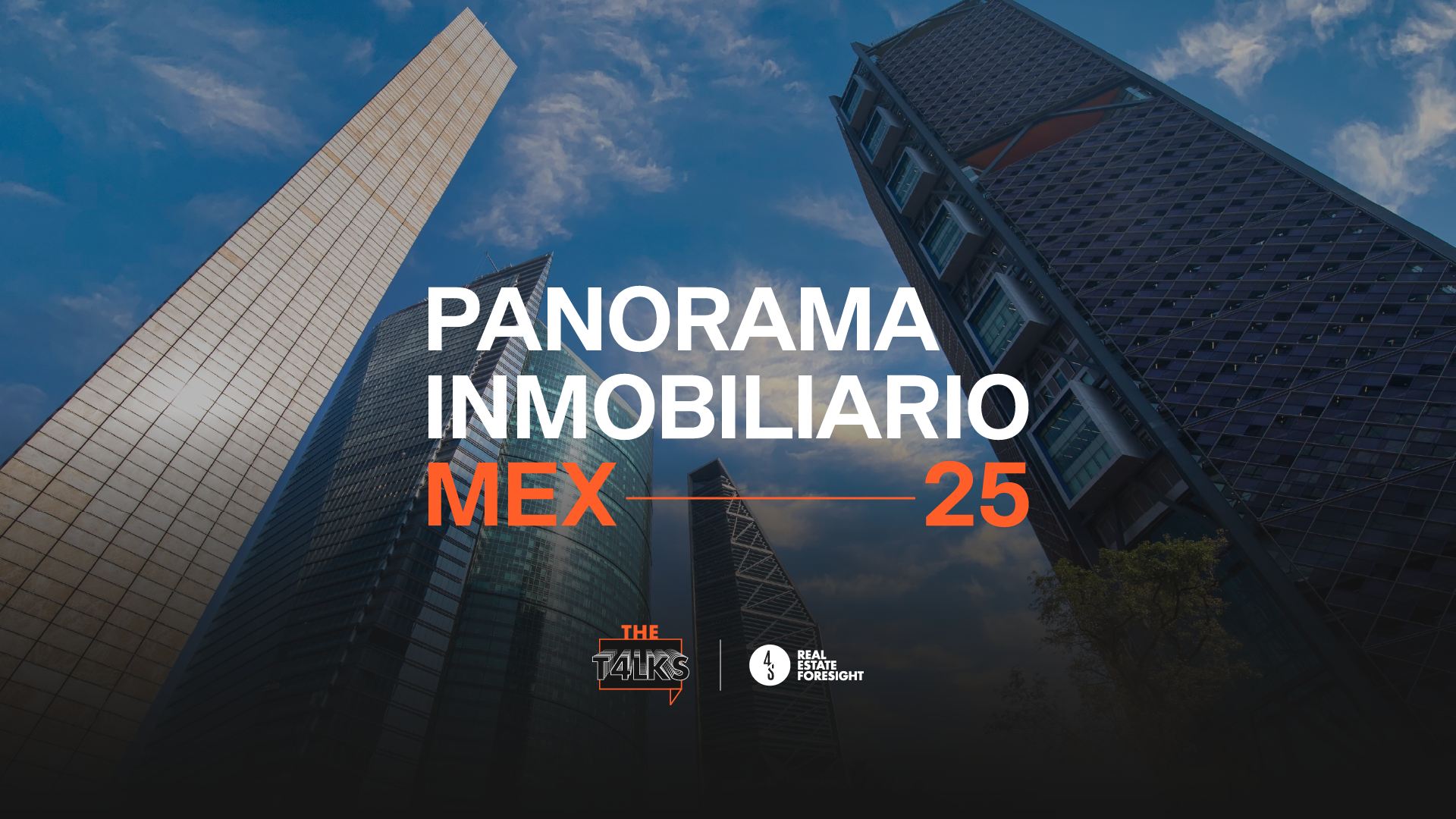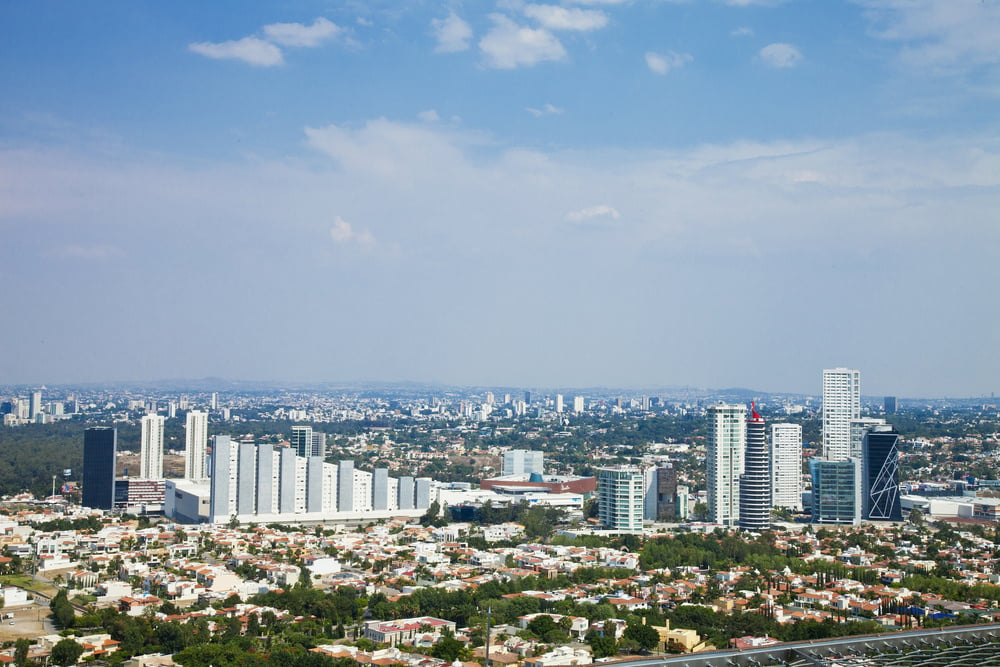Urban Land Institute collaboration
By Leslie Braunstein
In recent years, natural disasters have been striking North America with increasing frequency and intensity. Hurricane Sandy has served as a wake-up call for the building, real estate investment, and insurance industries, as well as for government at all levels and ULI.
Related: After Sandy: Advancing Strategies for Long-Term Resilience and Adaptability | Register for ULI: Building the Resilient City
At a 2014 ULI Spring Meeting panel, ULI senior fellow John McIlwain noted that the pace of climate change is exceeding all models. Even if the entire world could reach net-zero levels of greenhouse gas emissions by 2025, experts now say, it could take another 10,000 years to return to today’s already elevated levels of atmospheric carbon dioxide. “That’s why planning for resilience is so important,” he explained. “We will be living with the effects of climate change for generations to come.”
McIlwain went on to describe how climate change could start affecting real estate in a very real way. “Developers and investors need to think and plan long-term; it can take five to ten years to plan, entitle, and develop a project, and that project can be financed for up to 30 years,” he said. But it may become difficult or impossible to obtain financing or even insurance in areas that are more prone to natural disasters.
Jeffrey Alpaugh of March & McLennan Companies presented statistics showing that losses due to natural disasters are trending upward, with a ten-year average of $184 billion and $56 billion in insured losses. Hurricane Sandy alone—which was more than twice the diameter of Hurricane Katrina—caused $20 billion in insured damages. The superstorm’s impacts included cancellation of some 20,000 flights and closing the New York Stock Exchange for two days for the first time in more than a century.
The U.S. insurance industry, however, has “weathered the storm,” he said, remaining well capitalized due to new capital sources—including hedge funds and even Chinese investments—along with a relatively mild 2013 season. Nonetheless, he went on, the insurance industry is beginning to take a closer look at coastal development—a trend that is likely to continue.
Private developers and investors also are taking a closer look at resilience. The international property group Grosvenor, for example, has just released the results of its three-year study of resilient cities. Richard Barkham, Grosvenor’s global research director, said that the study was motivated by a desire to come up with a more holistic way of evaluating risks to long-term investment.
Related:Resilient Cities Research Report
The Grosvenor study ranked 50 of the world’s most important cities. Although these cities account for only 7 percent of the world’s population, they represent the major focus of most global real estate investment and consume the lion’s share of the world’s resources. The study weighed “adaptive capacity” equally with vulnerability in order to assess overall resilience.
Results from the study indicate that Canadian cities are the world’s most resilient, taking the three top positions. Two inland U.S. cities—Chicago and Pittsburgh—come in next. The top ten most resilient cities are in North America and northern Europe, and the ten least resilient—including Mexico City, São Paulo, and Mumbai—are in emerging markets.
While the Grosvenor study was intended to support the company’s own real estate investment strategy, it was made public in order to aid public sector planning as well. Many cities already are developing and implementing plans to increase their resilience, as explained by Susan Anderson, director of planning and sustainability for Portland, Oregon.
Portland’s solutions include physical improvements (such as building codes and infrastructure) and building healthy and connected neighborhoods. Stringent stormwater management regulations for new development are an example of physical resilience. But there is also a rule allowing virtually any single-family home to add a small “accessory dwelling unit” to help strengthen communities. If a natural disaster were to disable public transportation systems, Portland’s army of popular food trucks would be mobilized to bring food, water, and supplies to the populace.
And while many cities are busy developing plans and policies to increase their own resilience, some characteristically entrepreneurial real estate developers aren’t waiting for plans or regulations; rather, they’re just doing what they think will work. One case study, presented by ULI’s Dean Schwanke, focused on 1450 Brickell, a high-rise office building in downtown Miami built between 2007 and 2010.
Following the devastation of Hurricane Wilma in 2005, Relia Group decided to use impact-resistant blue glass on all levels of its new building, not just on the lower floors as required by code. This glass, designed to resist winds of up to 300 miles (482 km) per hour, cost twice as much as standard code-compliant glass. But 1450 Brickell is now fully leased in a submarket with high office vacancies—thus helping to make the business case for resilient buildings and cities.
**Suscríbete a nuestro newsletter para recibir contenido estratégico de desarrollo inmobiliario, haciendo click aquí. Si estás interesado en recibir información de nuestros servicios de conceptualización de proyectos y cursos, mándanos un correo a: capacitacion@grupo4s.com
 Regresar
Regresar



